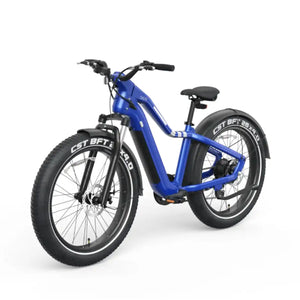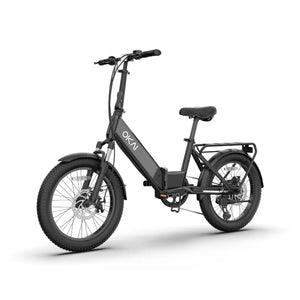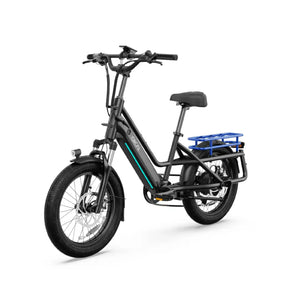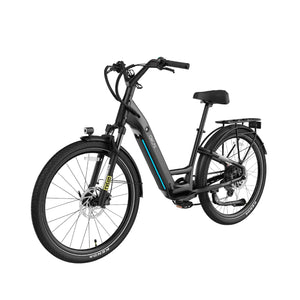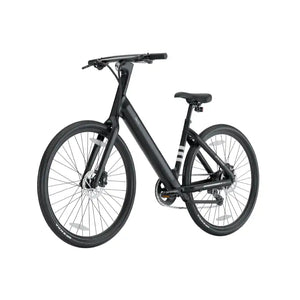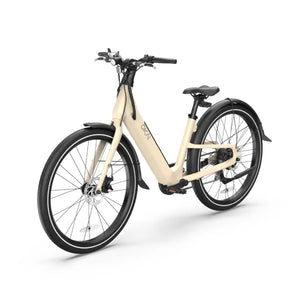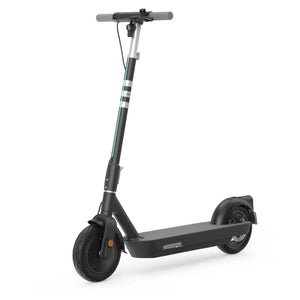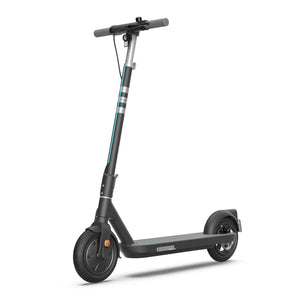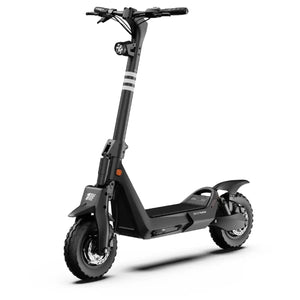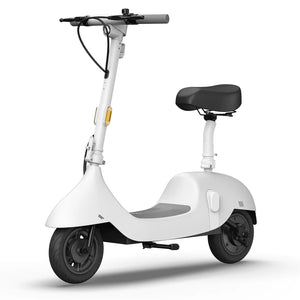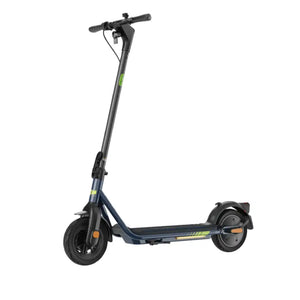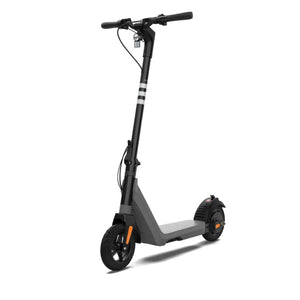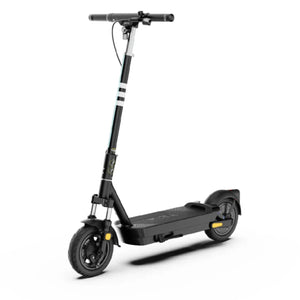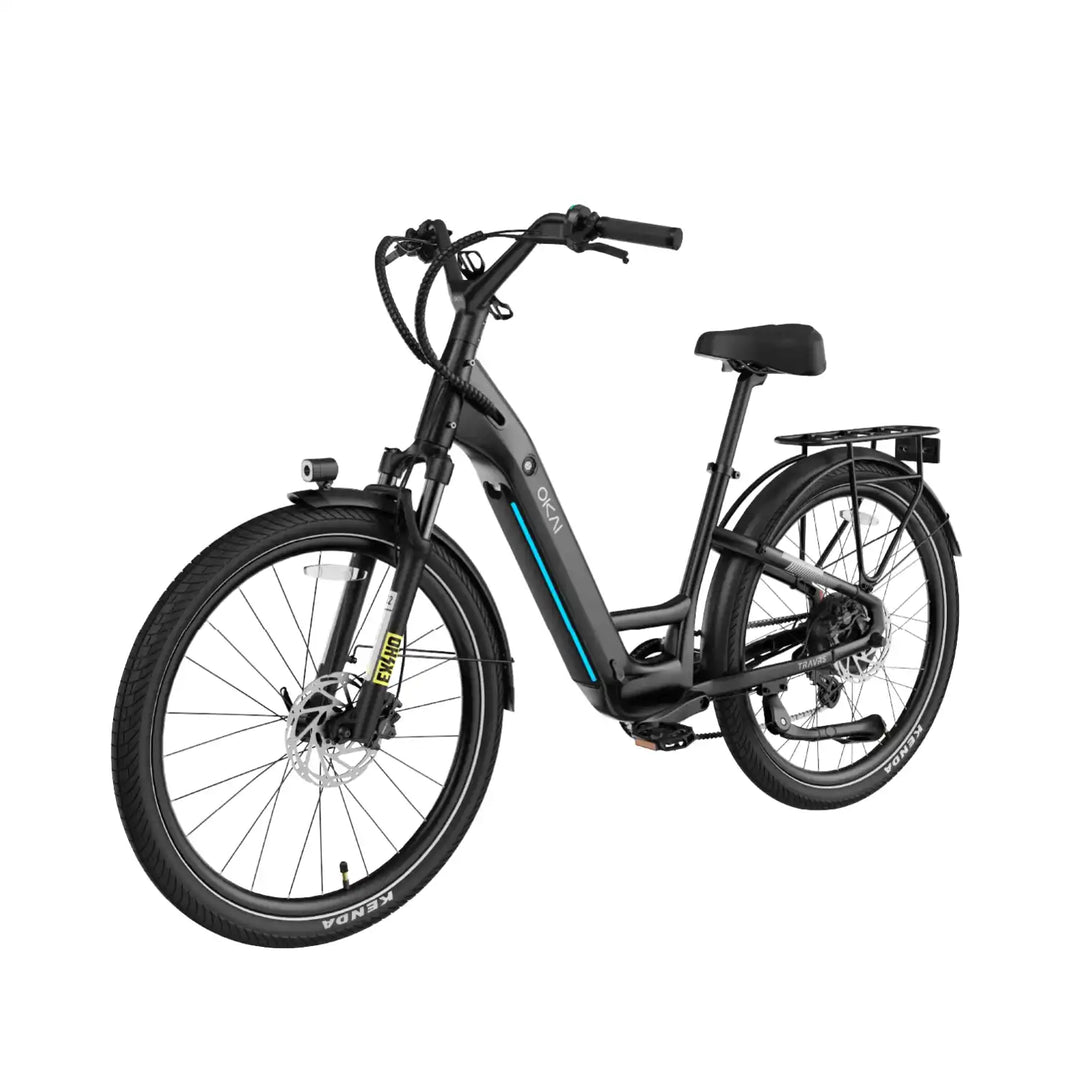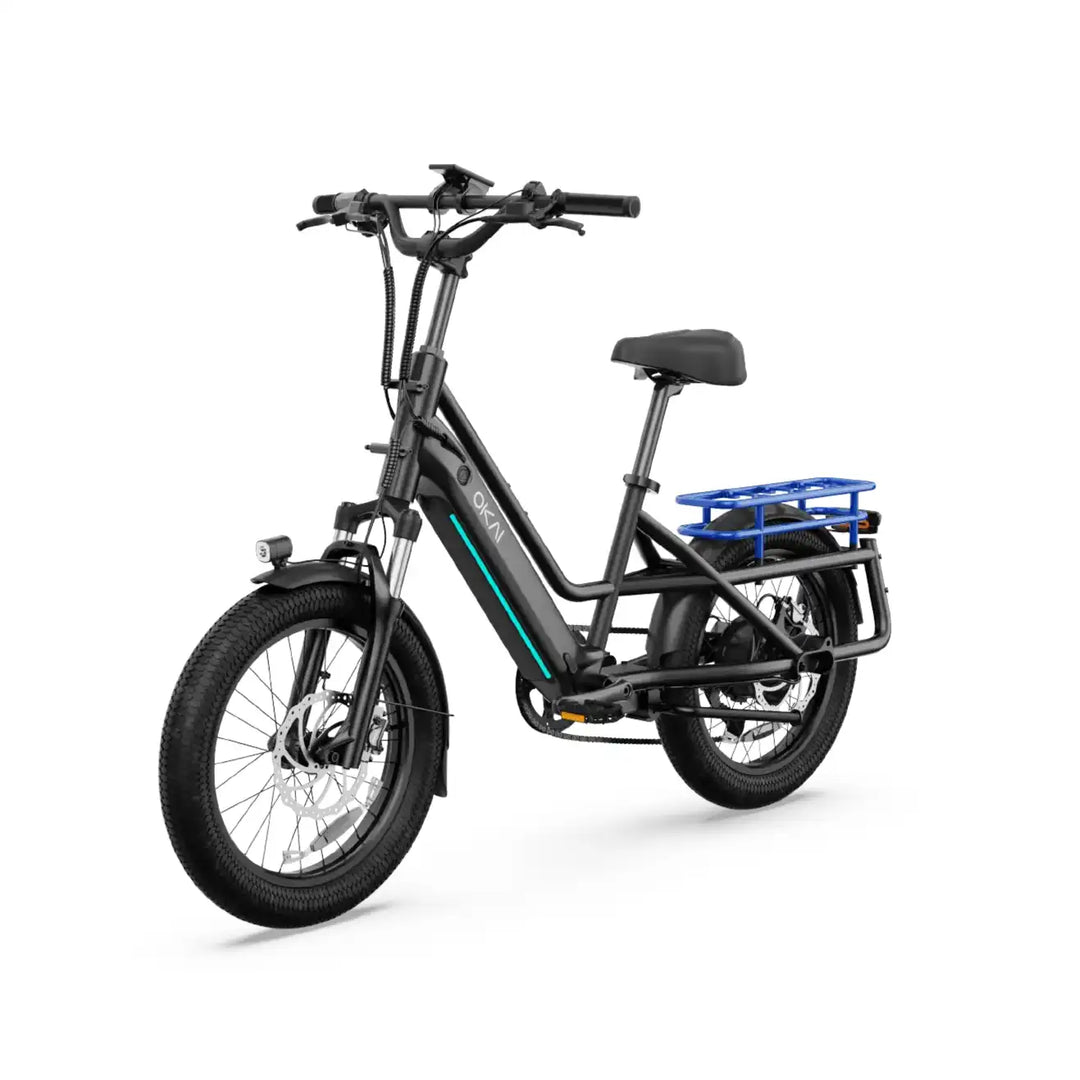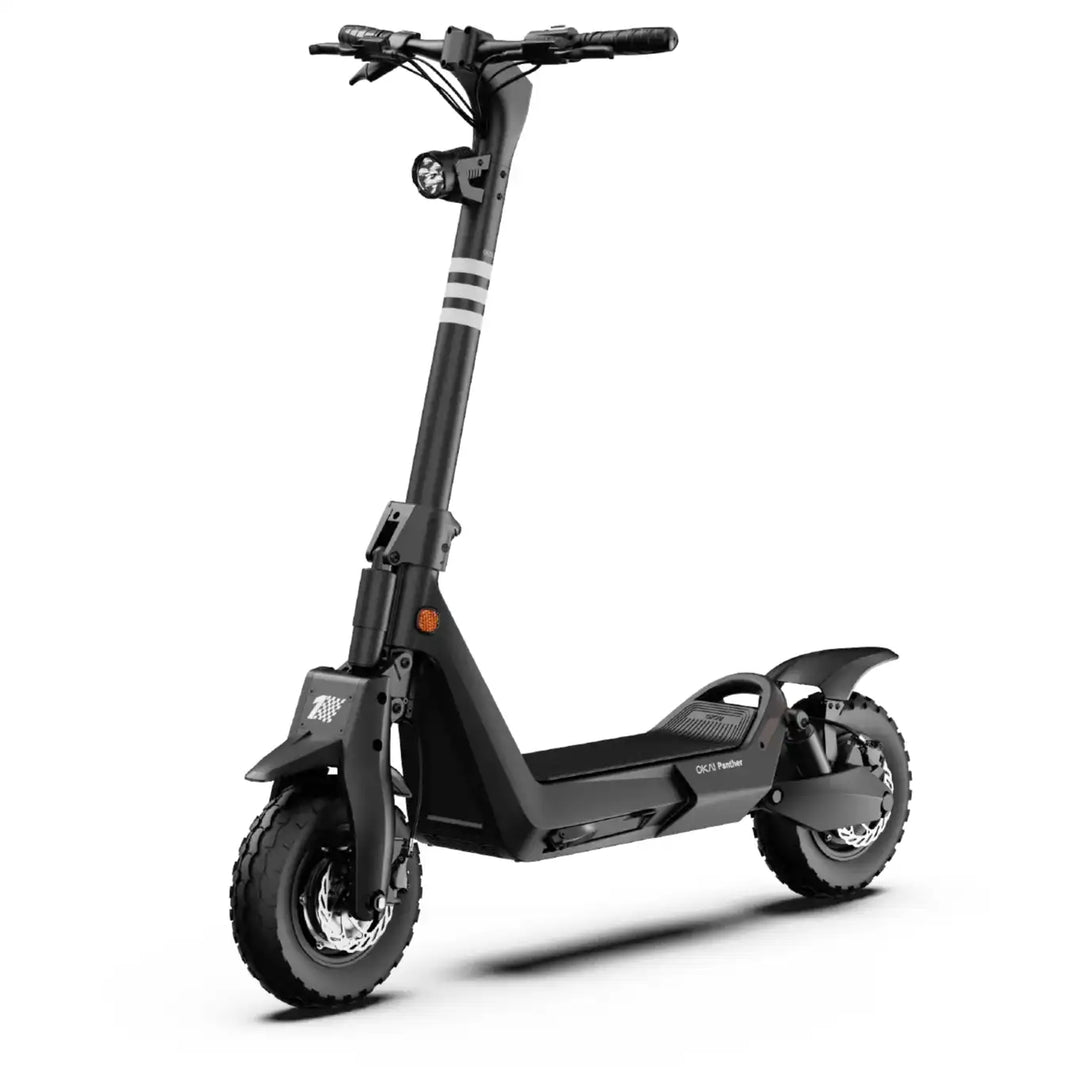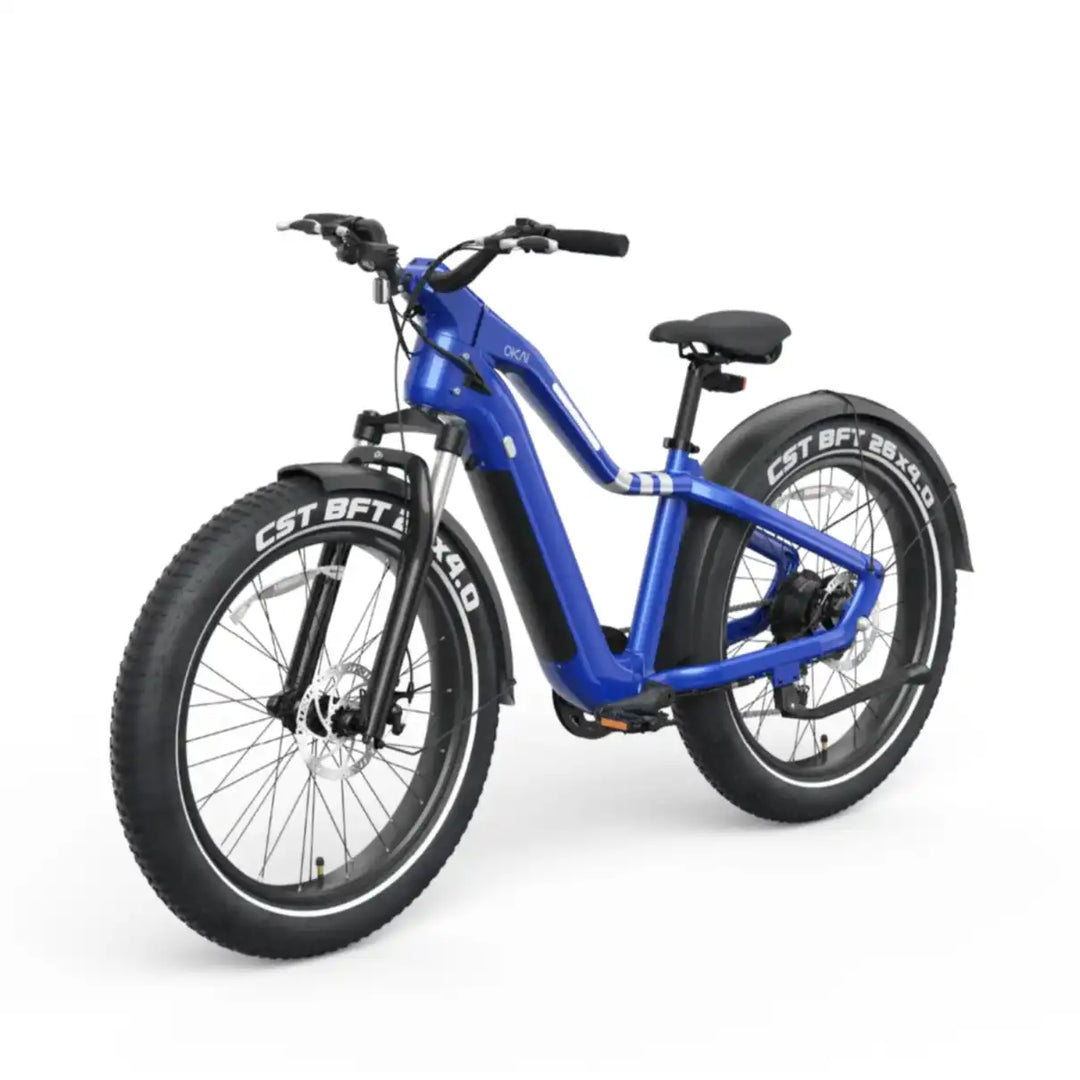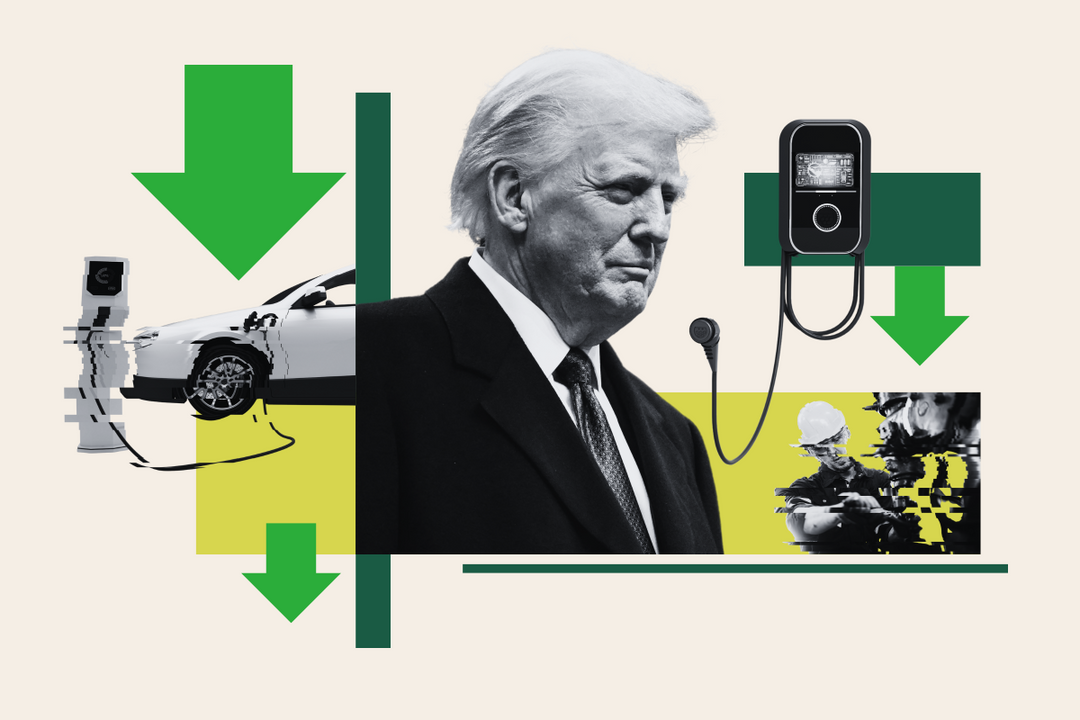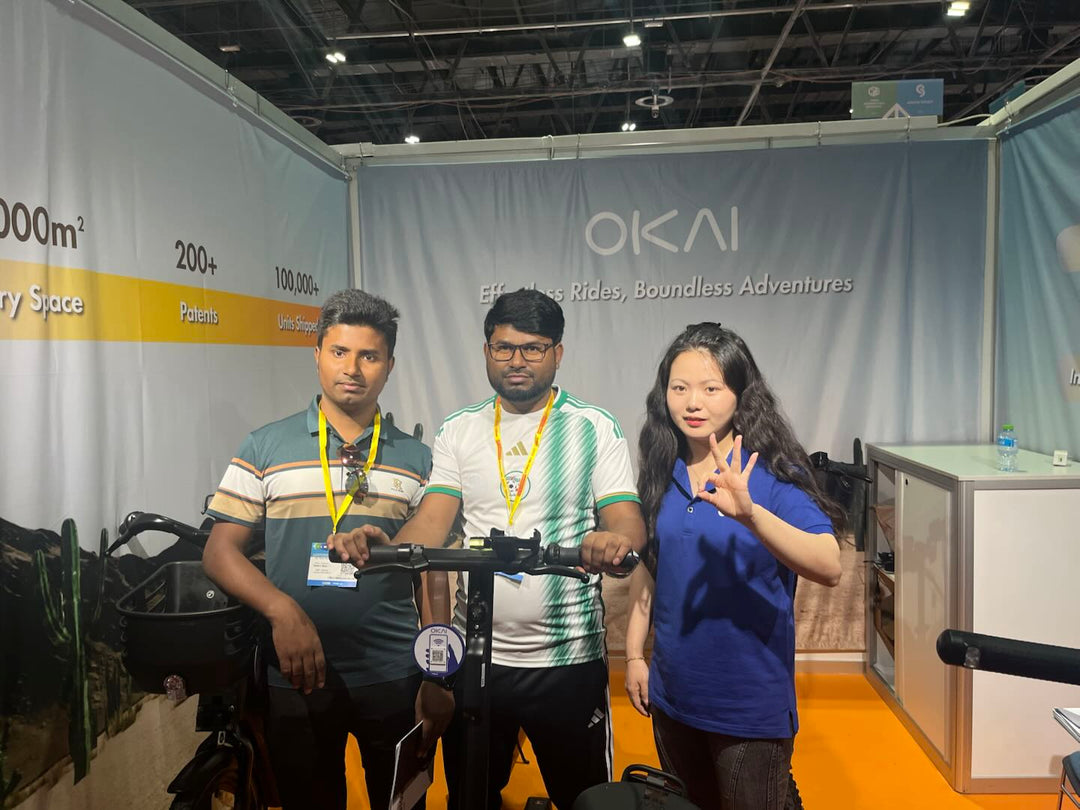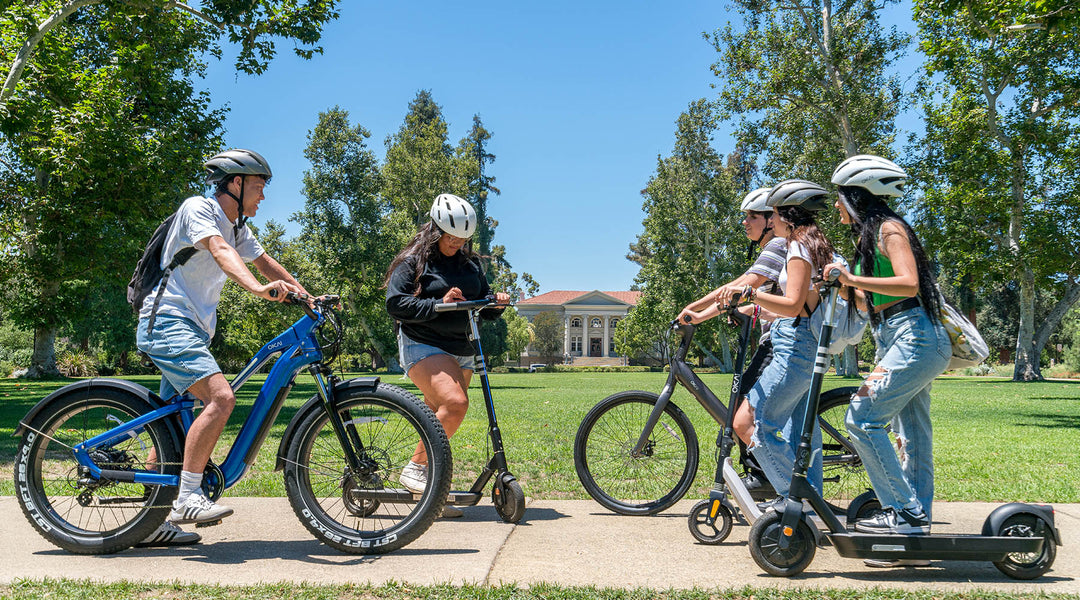Important information on how to care for your battery and optimize your range.
Electric scooters can be an absolute joy to ride, but the rush of adrenaline you experience can drain precious energy from the battery. To maximize your battery’s state of charge as much as possible and to promote long-term battery health, here are some best practices for driving, charging, and maintaining your e-scooter to maximize its range.
OPTIMISE RANGE
There are several factors that can impact the range of an e-scooter, including battery capacity, size of motor, type of tires, riding surfaces/terrain, rider’s weight, riding style, legal speed limit and weather conditions. To maximize the range (distance you can go on a single charge) we recommend the following:- Check the tire pressure before every ride. Tires inflated to the correct pressure will achieve the best performance, including speed, traction, maneuverability, and wear. It should correspond to the information in the operating instructions or on the tire itself.
- Fully charge the battery before you start riding.
- Your speed and range will always be affected by the different roads and ground surfaces you ride on. A flat, obstacle-free sidewalk is always best.
- The weight capacity and weight limit influence how fast and long you can ride for. Make sure that the total weight is below the user manual’s recommendation.
- The ideal maximum speed on the e-scooters should be set to 15mph (25km/h).
- The ideal temperature to operate our e-scooters is between 32°F/0°C and 95°F/35°C. Riding below 32°F/0°C will lower the battery charge (lower range) and above 95°F/35°C may lead to overheating of the motor(s).
MAINTAINING THE BATTERY
Maintaining your electric scooter’s battery is essential to keep it running optimally. A typical battery life-space when proper use and maintenance is typically 2-3 years (roughly 300-500 charge cycles or 3000-5000 miles). When it comes to the safety and longevity of your electric scooter battery there are some essential points you should pay attention to. To keep your battery performing optimally, you should:
General
- Inspect your electric scooter battery regularly for signs of damage or wear before any ride. Stop using the battery pack immediately and dispose of it properly if you notice any cracks, leaks, or other damage.
- Try to avoid generic batteries and stick to original battery brands e.g LG, Samsung; these typically come with longer warranties, better guarantees, and have the highest quality cells. They also offer better performance.
- Riding in the rain or exposing the electric scooter to other forms of liquid damage is a big no-no. While there is an IP rating of IP55, there is still a chance that moisture could get inside and cause electrical malfunctions. Not only does this void the warranty provided, but it’s not even safe to ride in the rain as reduction of traction and visibility can result in a dangerous accident.
- High humidity can also have a negative effect on the electrical components therefore we don’t recommend riding in humidity above 80% and avoid riding through puddles.
- Avoid direct sunlight and keep the unit away from heat sources such as heaters, ovens, or hot cars. Intense heat can cause the fluid in your battery to evaporate. Once a battery’s liquid gets too low, the battery will fail.
- Avoid riding in excessively dusty conditions as much as possible. Dust, dirt, and other debris can endanger the electrical components of your vehicle by causing short circuits.
- Avoid overloading the battery with additional electrical components, such as aftermarket parts or power-hungry electronics, which put extra strain on it. Too much of a draw from these devices can increase the likelihood of over-discharge damage.
- Heat is one of the worst things for li ion batteries as intense heat can cause the fluid in the battery to evaporate. Once a battery's liquid gets too low, the battery will fail. Avoid exposing them to direct sunlight or leaving them in hot cars and keep them away from heat sources such as heaters, ovens, or cookers.
Charging
- Make sure you're using a compatible or the original charger for your lithium-ion battery. Using the wrong charger can damage the electric scooter's battery and potentially cause a fire or explosion.
- Refrain from having your battery fully discharged before recharging it. Doing so will compromise the battery life. Keeping the battery capacity between 20% and 85% is ideal for longevity.
- Avoid overcharging or leaving your charger plugged in overnight. Once a battery reaches 90% of its total battery capacity, it should be unplugged from the power source. Doing so prevents overcharging, which can cause decreased performance and disrupt the eScooters lifespan.
- Avoid extreme temperatures. The sweet spot for charging these battery packs is between 5 - 25°C (41 °F and 68 °F) are ideal for charging the battery and the humidity should be below 70%.
- Make sure that the charging plug is inserted correctly. Incorrect insertion can damage the socket and plug. If it’s not inserting at all, check for debris or obstructions in the port. Do not use it if damaged and never force the wrong connector into the port.
- After a long ride, give your battery pack a little break and sometime to cool off before continuing with other processes, such as charging. High temperatures on their own will affect the workings of the battery, so throwing other stressors like charging into the mix without prior cooling down could trigger undesired chemical reactions inside the battery cells.
Storing
*When the electric scooter isn’t used regularly and is left in long term storage, many people forget that its battery will still require ongoing maintenance so that the battery capacity doesn’t diminish over time, leading to premature battery replacement.
- Disconnect the battery pack from the escooter. This serves two purposes: it stops energy from being passively drained from the battery and it prevents corrosion from forming around the terminals.
- Store your e-scooter and its batteries in a cool, dry location away from the sun’s rays and at room temperature. The optimal temperature for storing the battery is roughly 15°C (59°F) to room temperature (20°C, 68°F).
- Moisture can also be bad for batteries, causing corrosion to parts and potential electrical issues due to condensation. To ensure longevity it’s imperative that you protect them in storage areas at or below 50% humidity.
- Ensure you charge the battery before storing it. Ideally, at 50-60% of its battery capacity and check it periodically during storage to ensure that the level doesn’t fall below this. Lithium-ion batteries naturally self-discharge at a rate of 1-2% per month so we recommend recharging them every 1-2 months.
- If the battery of the unit is completely discharged, connect it to a power source for at least 2 hours to restore operational capability.
Recycling
When your li-ion battery is all used up, don’t just throw it in the trash, properly recycle it. Recycling battery packs not only keeps hazardous materials and chemicals out of landfills, but it also allows those toxic materials to be safely broken down and reused with minimal environmental impact. Refer to your local recycling center or community for special recycling programs for discarded lithium-ion batteries.
